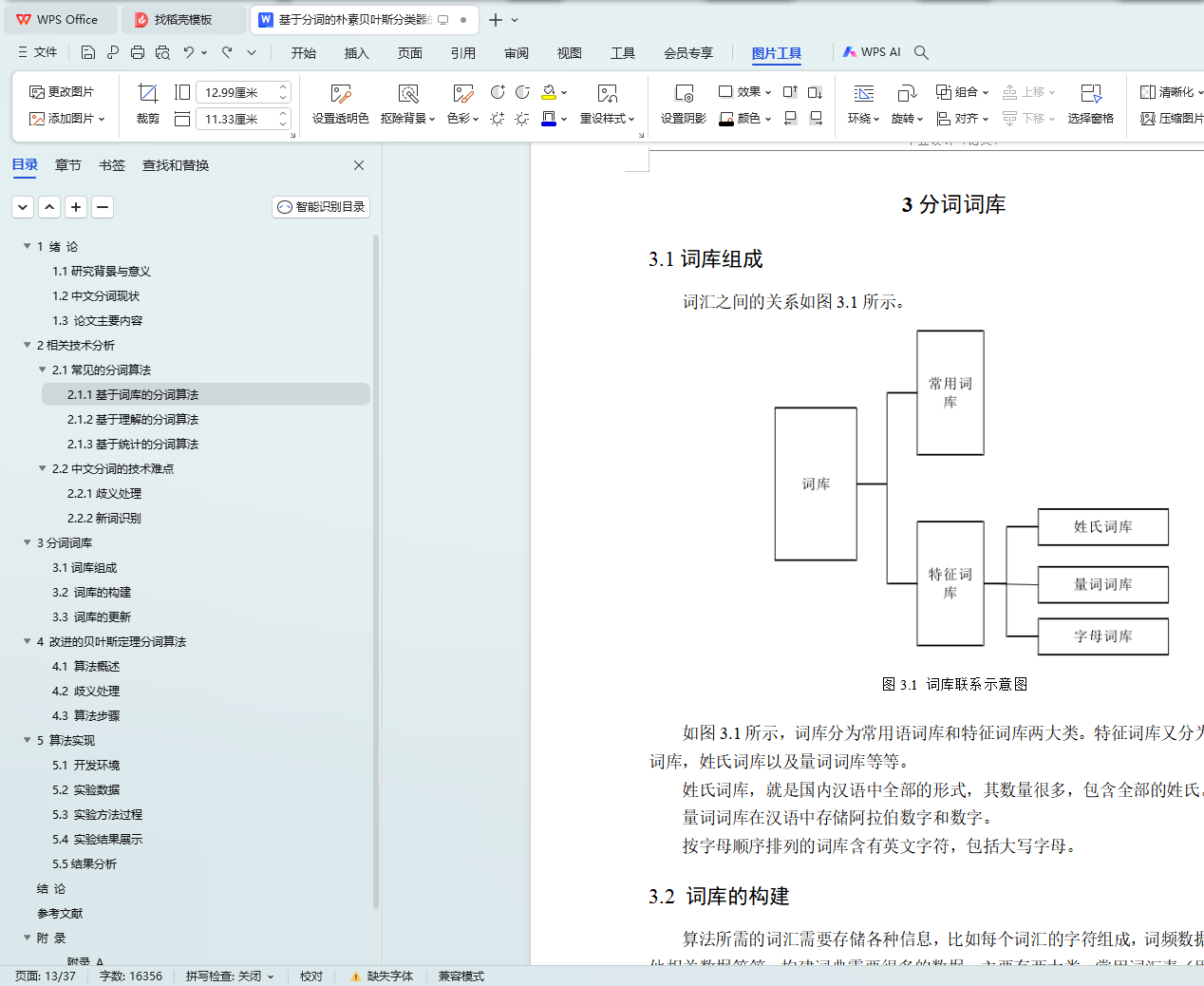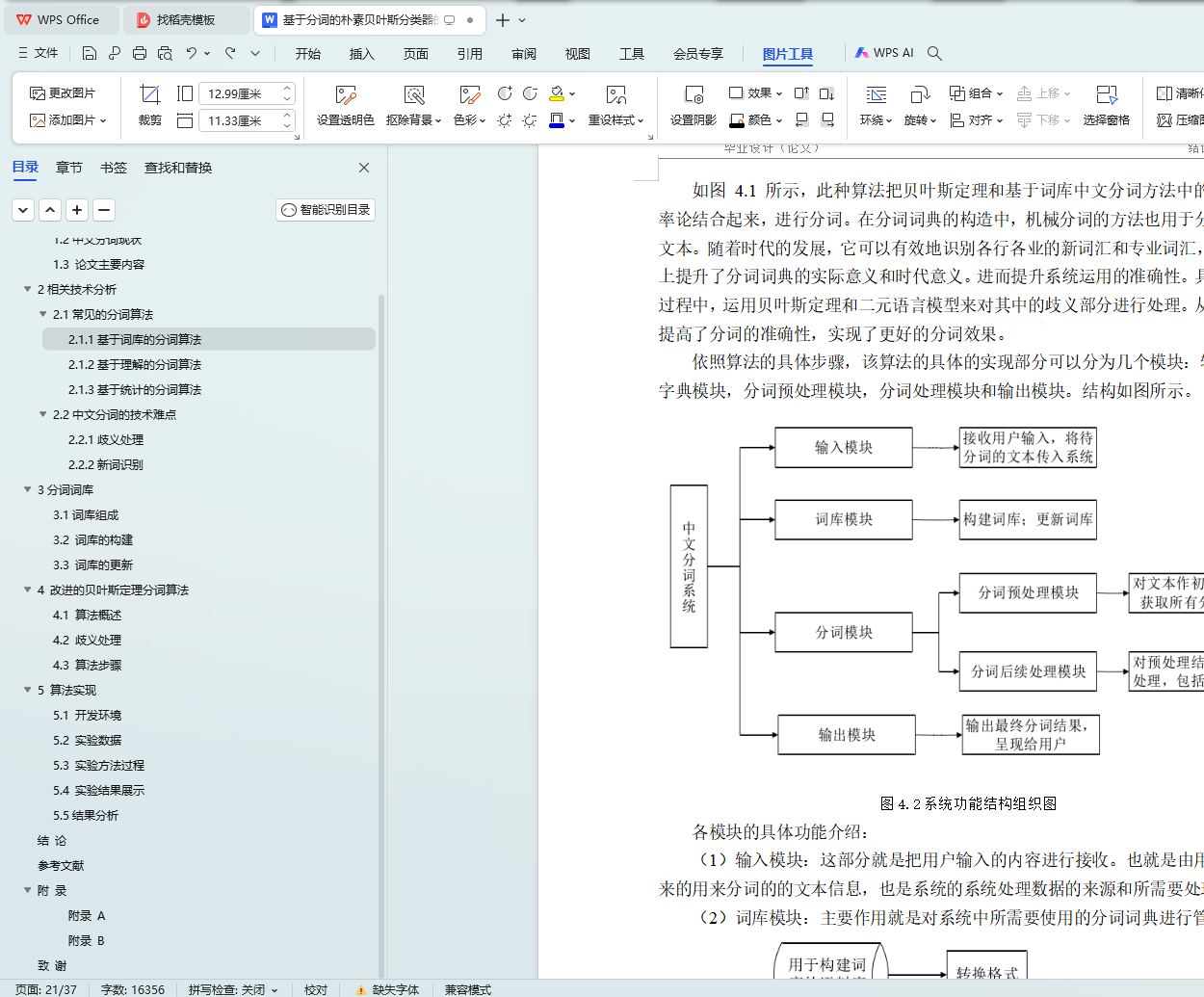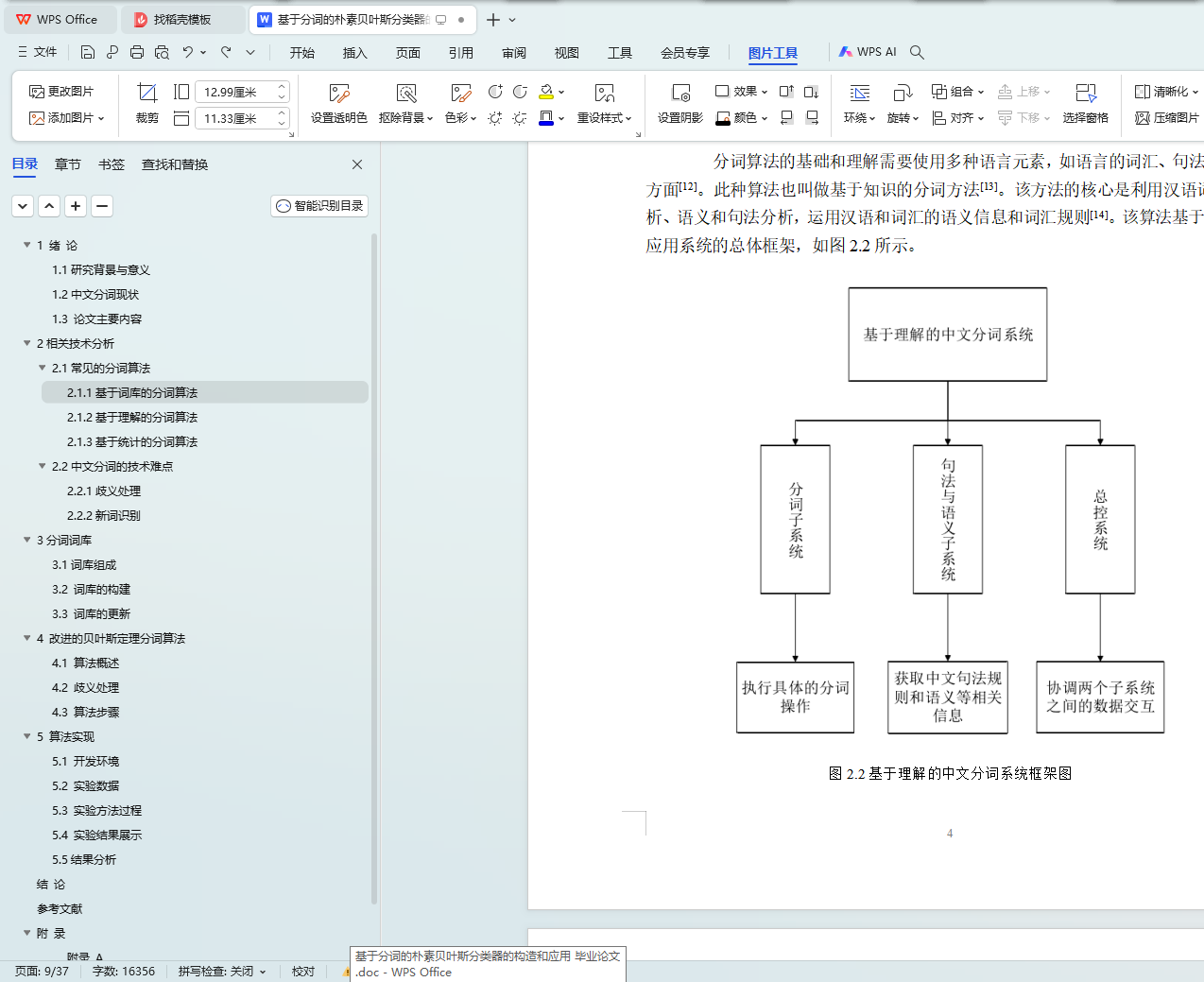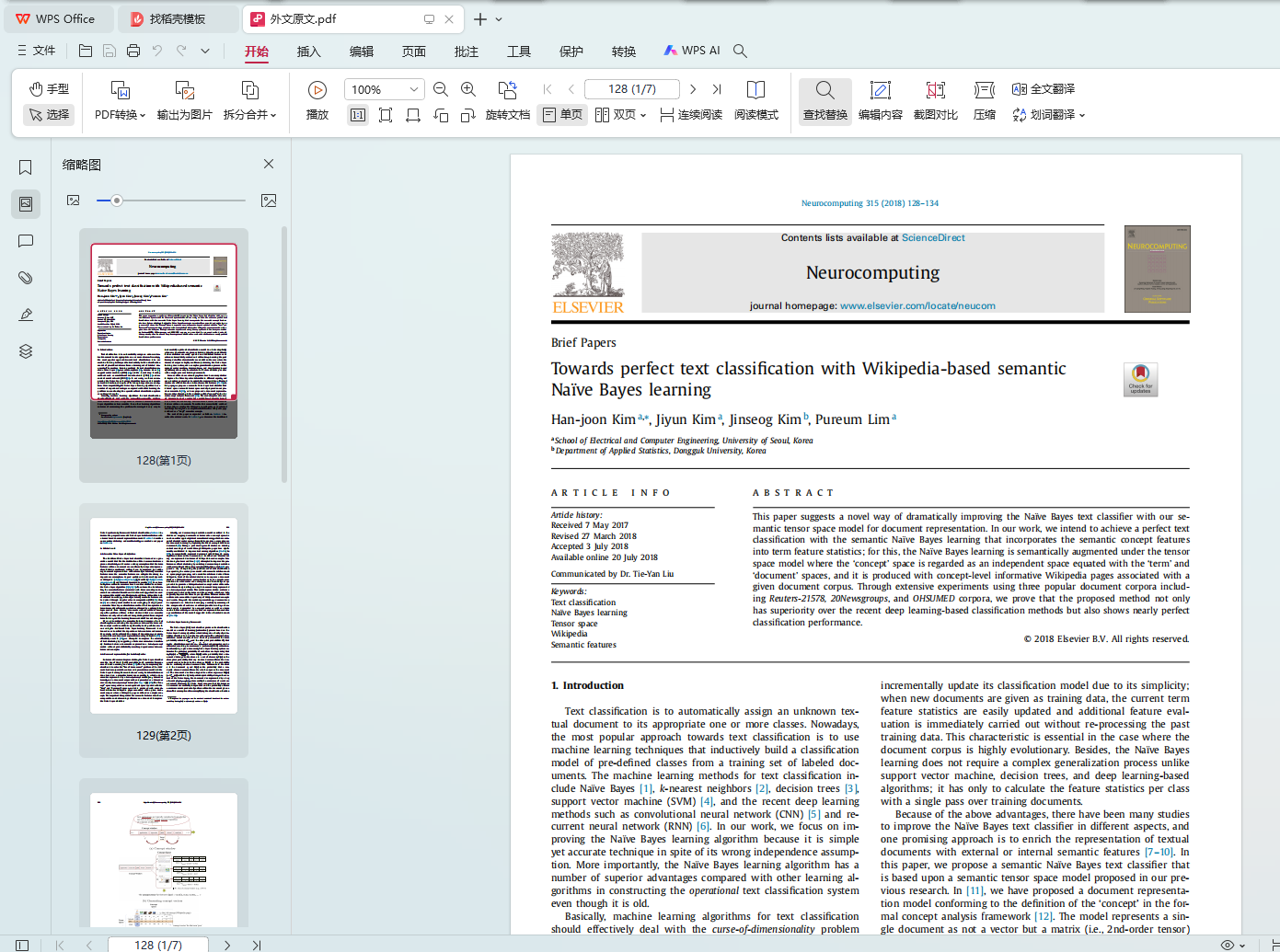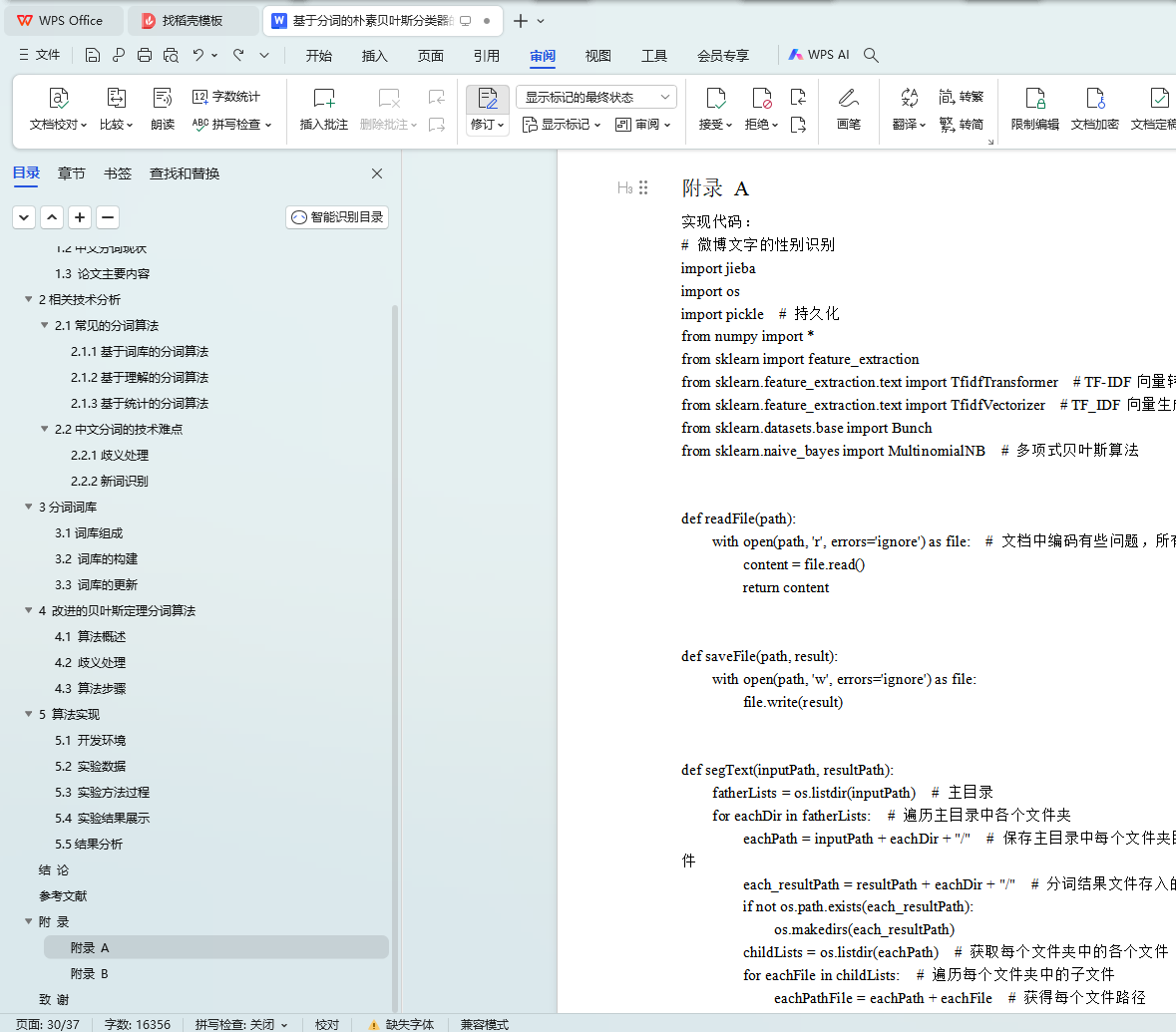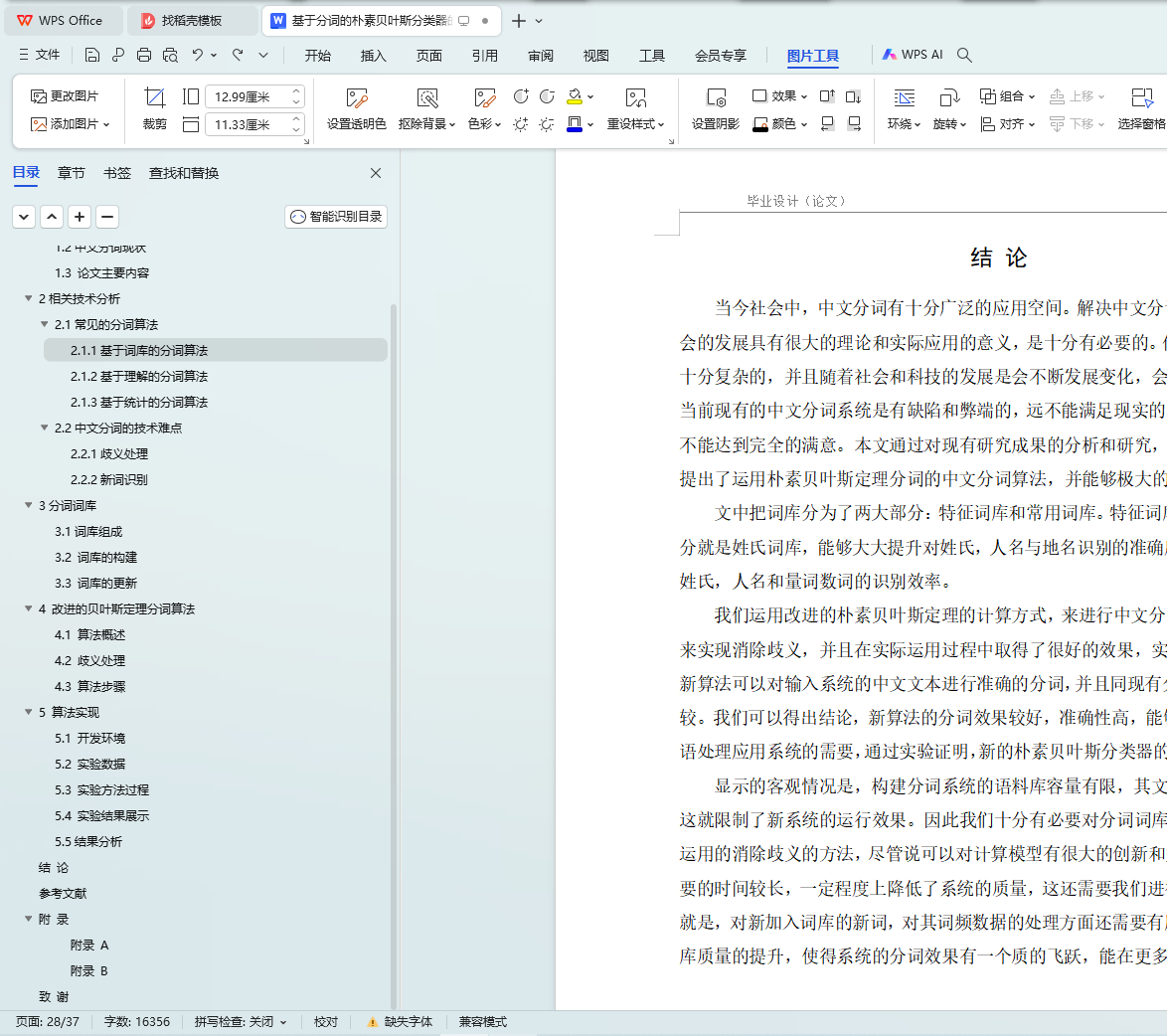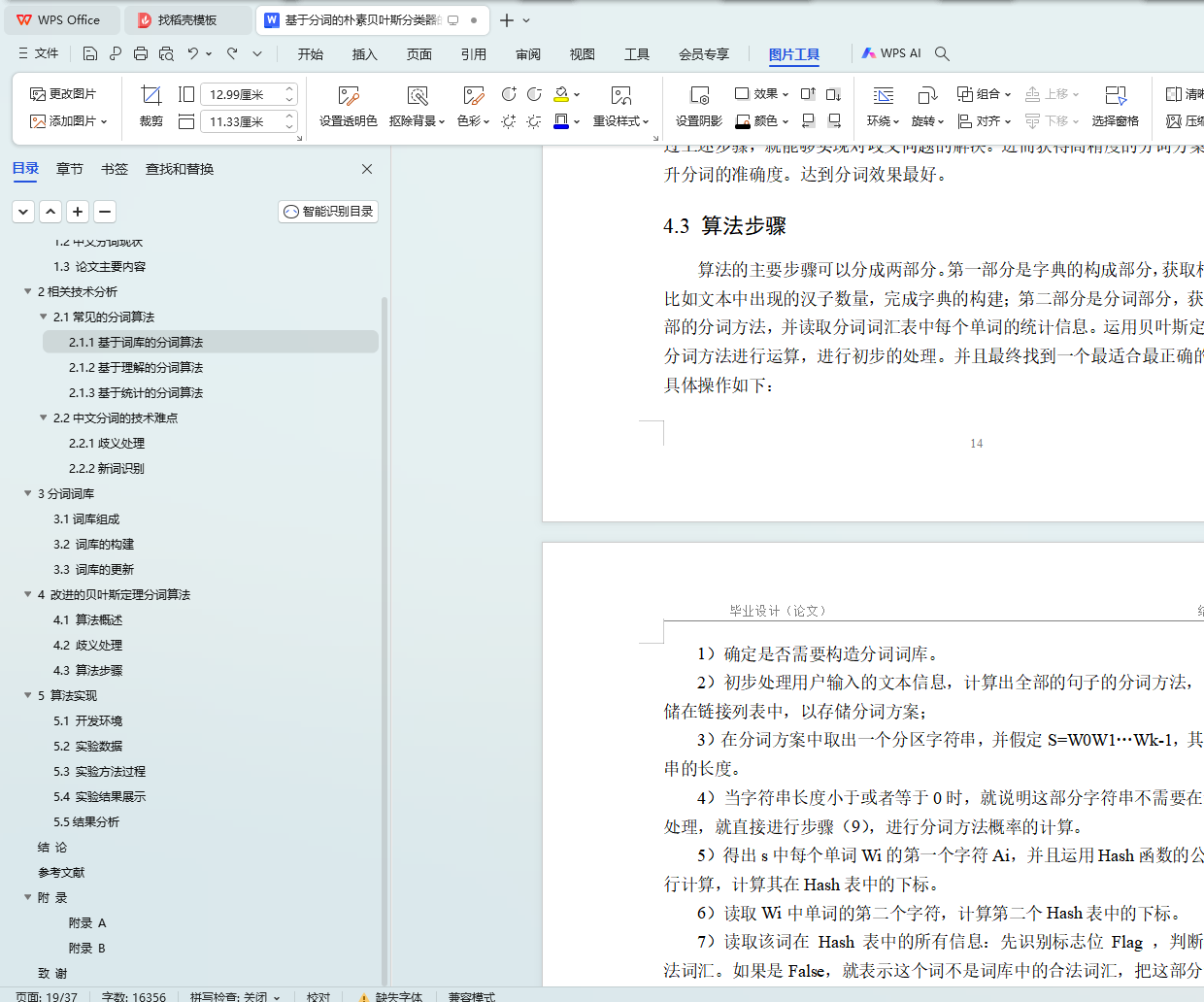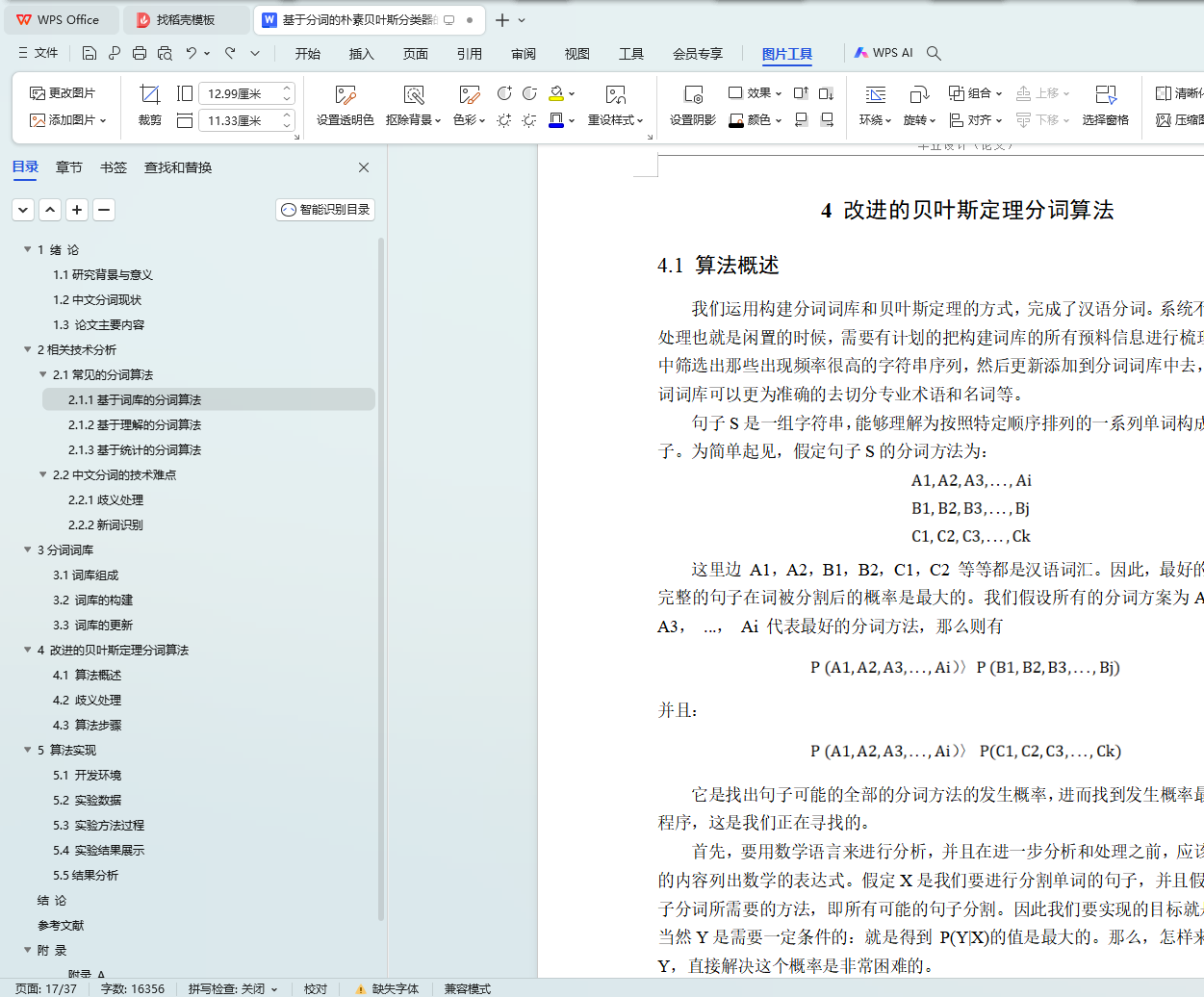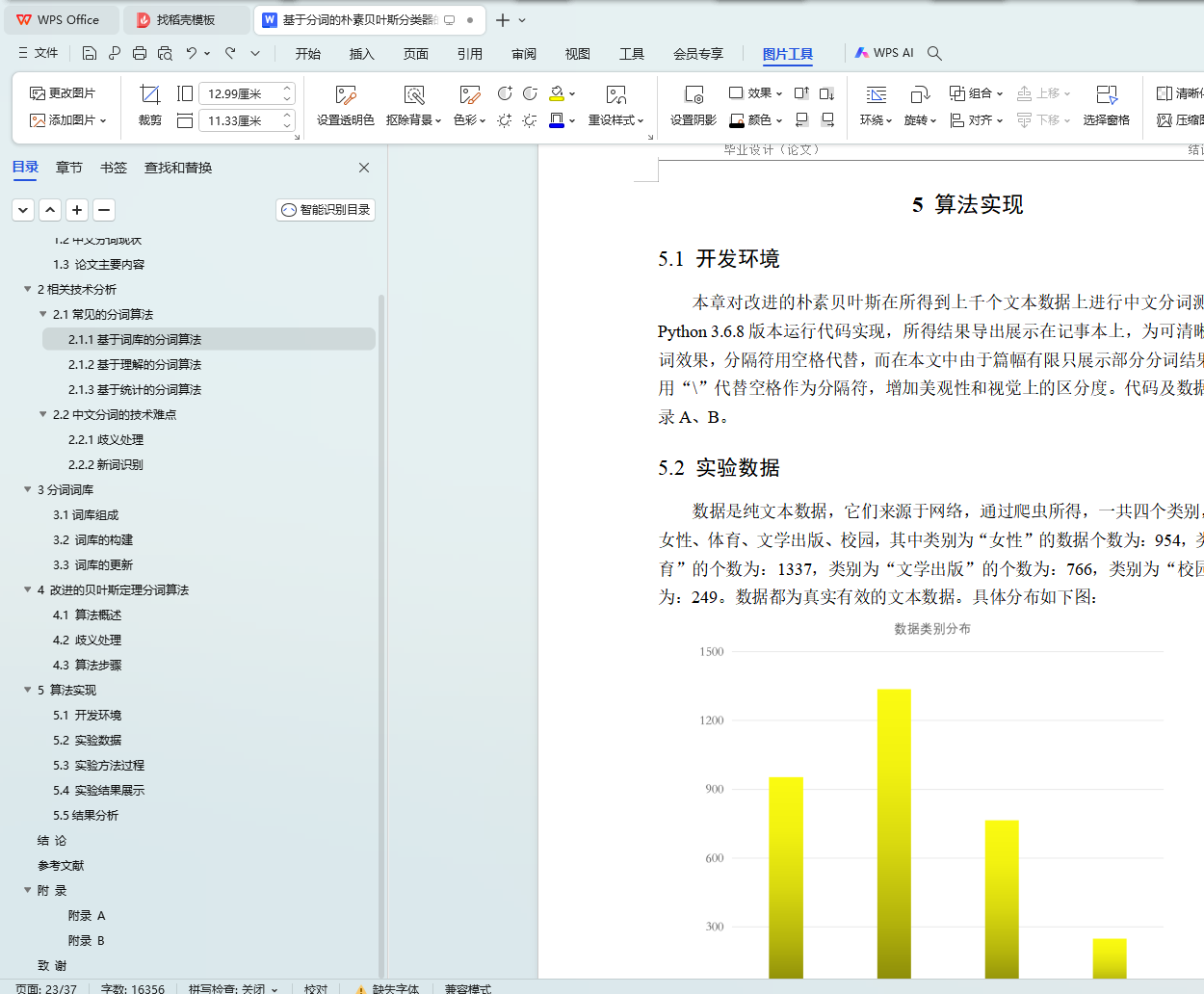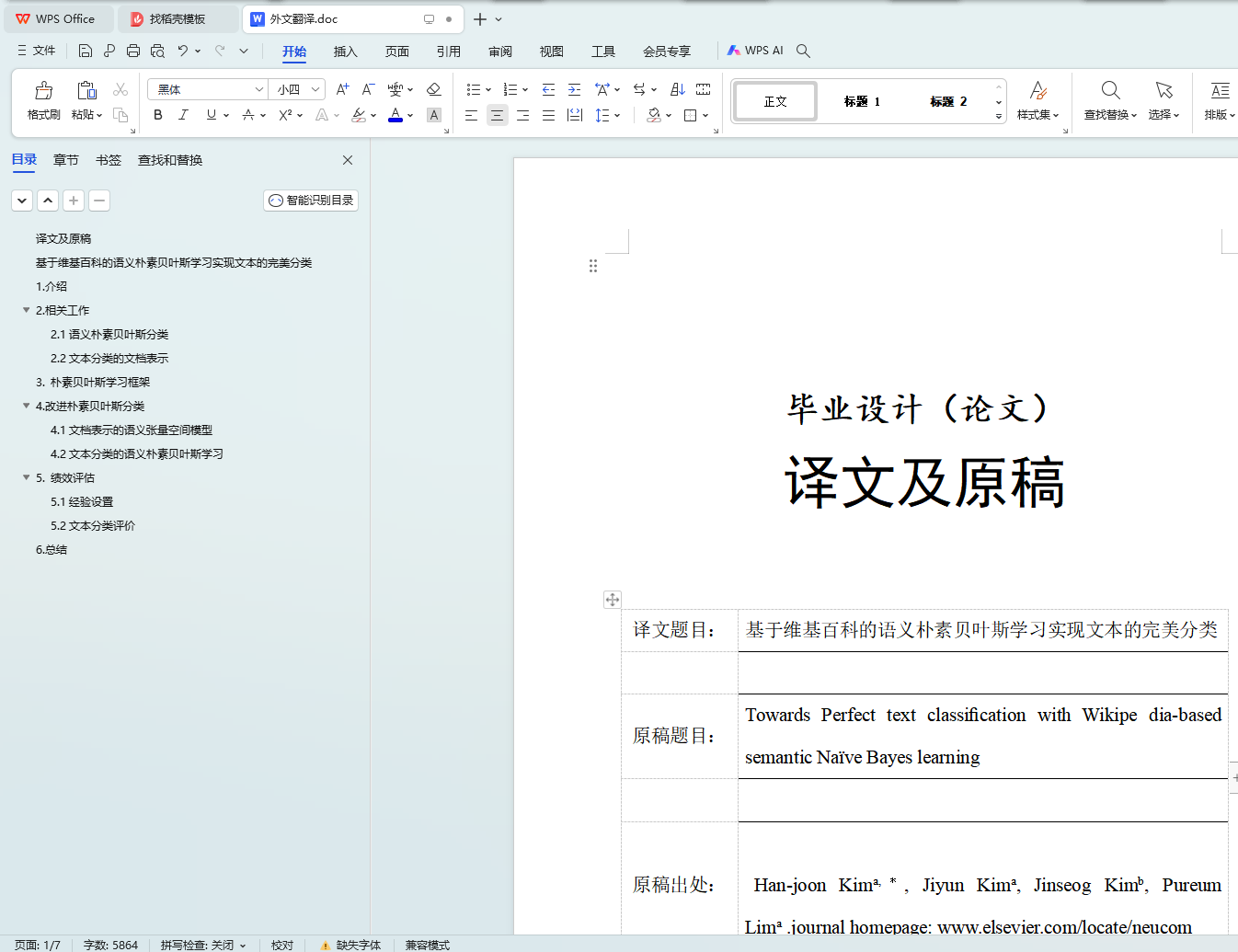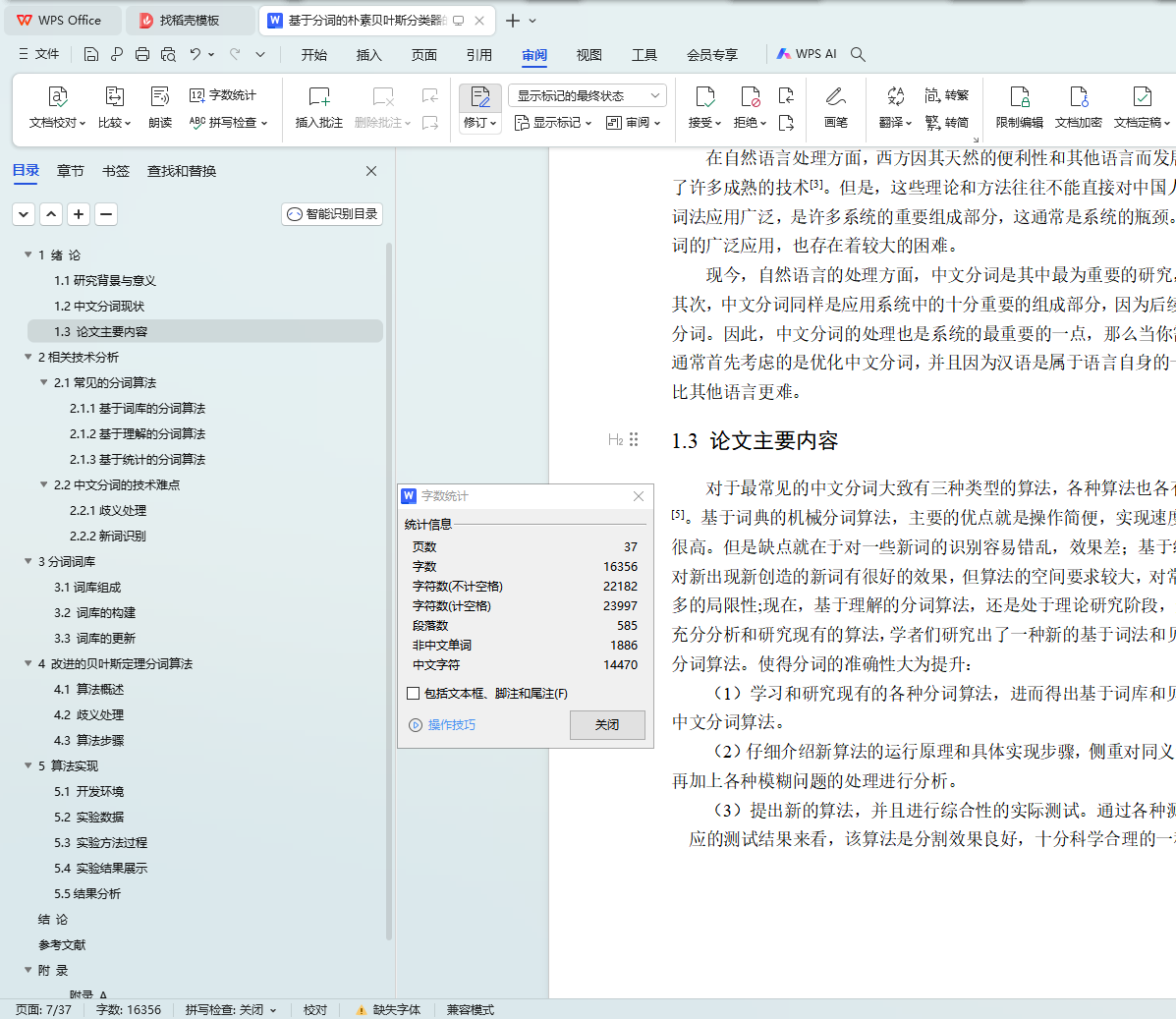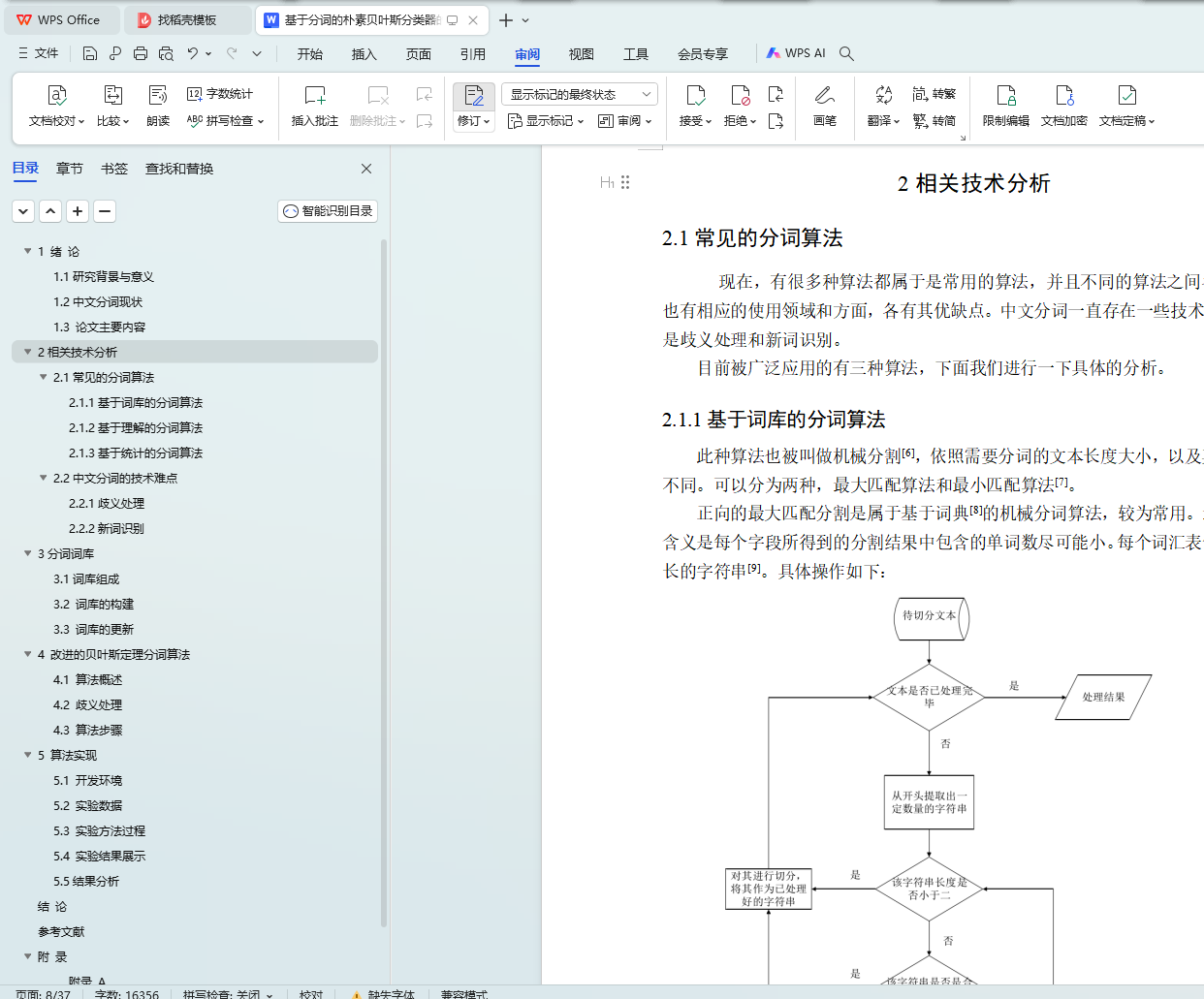基于分词朴素贝叶斯分类器的构造与应用
【摘要】 众多国际国内外学者和研究人员在近几年来的努力下,现以形成了多种中文分词算法,目前主要的算法有基于词典、基于理解和基于统计的三类,实际运用时经常相互结合使用。目前的系统都主要以这三类算法为主。而众所周知汉语有着相当的复杂性,新词也随时代变迁也在不断涌出,目前这三类算法并不能更好地满足我们实际生活的需要。
因此本文在这些算法的基础上,提出基于贝叶斯网络构建分词模型,在模型框架下一并完成交叉、组合歧义等等。经过运算和处理以后,能够让新的算法可以整合现有的常用算法的长处,规避他们的缺陷,有效提高分词的效率。
在测试条件下的检测结果表明,新算法进行分词的效果要较好,能够很好的对歧义进行处理,进行未登录词的处理,可以很好的满足对各种中文相关信息的处理需求。
【关键词】 中文分词,贝叶斯分类器,建立词库
Construction and Application of Naive Bayesian Classifier Based on Word Segmentation
【Abstract】 With the efforts of many scholars and researchers at home and abroad in recent years,many Chinese word segmentation algorithms have been formed. At present,the main algorithms are dictionary-based,comprehension-based and statistics-based. They are often used together in practice. Current systems are mainly based on these three kinds of algorithms. As we all know,Chinese has considerable complexity, and new words are constantly emerging with the changes of the times. At present, these three kinds of algorithms can not better meet the needs of our real life.
Therefore,on the basis of these algorithms, this paper proposes a word segmentation model based on Bayesian network components,and completes crossover, combination ambiguity and so on under the model framework. After these processing, the algorithm can fully absorb the advantages of various common algorithms,avoid their limitations, and effectively improve the efficiency of word segmentation.
The test results show that the new algorithm performs better in word segmentation. It can process ambiguity and unlisted words well. It can satisfy the processing requirements of various Chinese related information.
【Key Words】 Chinese word segmentation,Chinese word segmentation,Building Thesaurus
图目录
图2.1 正向最大匹配法步骤示意图
图2.2基于理解的中文分词系统框架图
图2.3基于统计的中文分词算法步骤示意图
图2.4歧义处理示意图
图2.5 新词内容示意图
图3.1 词库联系示意图
图3.2词库构建步骤示意图
图3.3词库更新步骤示意图
图4.1基于词库与贝叶斯原理的算法示意图
图4.2系统功能结构组织图
图4.3分词词库更新步骤示意图
图4.4算法执行步骤示意图
图5.1数据类别分布条形图
表目录
表5.1测试实例中时间、年龄等量词的切分效果
表5.2测试实例中人名、地名等词的切分效果
